Gorgeous Book of Hours with 13 illuminations. Workshop of Pietro Birago, Brescia c.1490
£0.00
Out of stock
Book of Hours, Use of Rome, in Latin, illuminated manuscript on vellum, Italy (almost certainly Brescia in Lombardy), c. 1490
183 leaves (plus a paper endleaf at each end), wants 4 leaves, else complete, collation: i12 (Calendar), ii-ix10, x6 (wants last 4 leaves once with Mass of the Virgin), xi10, xii10, xiii6, xiv-xix10, xx9 (first leaf a cancelled blank), catchwords throughout, single column of 14 lines, rubrics in red, one-line initials in red or blue with penwork in contrasting colour, 2-line initials in gold on burgundy, green and blue grounds heightened with hairline brushstrokes, thirteen historiated initials in same colours and terminating in acanthus leaves, on gold grounds and with sprays of bezants in adjacent borders, some of these with filigree penwork in borders enclosing coloured flowers, a pink rabbit, putti and birds, frontispiece with full border of a gold architectural column and putti holding up a crown, a medieval jewel and an empty coat-of-arms both flanked by putti (those in the bas-de-page standing in a wide open landscape, some chipping to paint and ink in places, frontispiece slightly smudged in places, some thumb marks in blank borders at midpoint throughout, trimmed at edges, overall in good condition, 96 by 70mm.; bound in early sixteenth-century red morocco over pasteboards, gilt-tooled with frames enclosing stars and flowerheads, enclosing swirling foliage around a central mandorla enclosing perhaps the Virgin and Child (this part rubbed) within flames or ropework, spine sewn on 4 thongs with foliage gilt-compartments tooled between each (this binding recorded in 1887 catalogue as “broken”, and here restored with front and back boards reattached to binding; splits along these repairs), two working metal clasps (original metalwork, but modern leather), in a fitted brown buckram-covered box
Provenance:
- Written and illuminated in Italy, almost certainly Brescia in Lombardy: the local patron saints, Faustinus and Jovita, in red for 18 February in Calendar and prominently in the Litany of Saints; as well as SS. Honorius (in red; 16 May) and Antigius (14 November), also patron saints of the city, whose relics were worshipped there; SS. Titian and Gaudiosus, both bishops of Brescia on 3 and 7 March, respectively. In addition, Nones here in the Hours of the Virgin, opens here with a historiated initial enclosing St. Latinus of Brescia, the third bishop of Brescia from around 84 AD., who was tortured to death during anti-Christian persecutions, and whose hidden relics were rediscovered during the fifteenth century. His name was added here to the Calendar by a hand apparently of the sixteenth century. The presence of St. Francis (in red) on 4 October, as well as in the Litany of Saints, may suggest an association of the original patron with the Franciscan Order.
- Antonio Zucchi: lengthy ex libris in Italian on front paper endleaf, dated 1844, recording his discovery of the book among his grandmother’s belongings.
- Rush C. Hawkins (1831-1920) of New York, lawyer, politican, Union colonel in the American Civil War and obsessive book collector; sold by George A. Leavitt auctions of New York, 21-26 March 1887 (clippings from that sale pasted inside front board, marked up with pencil annotations, including “26 March ‘87”).
- William Augustus White (1843-1927) of Brooklyn, New York, businessman and bibliophile; bought in the Leavitt sale for $33; White’s books were either bequeathed to his daughter, Frances White Emerson (1869-1957), or gifted to Harvard, Princeton and the British Museum; this volume by descent to Frances White Emerson, and recorded in her collection by de Ricci, I, p. 1055, no. 2 (pencil note inside back cover here “Seymour de Ricci dates this 1490” probably in her hand). Her sale in Sotheby’s, 19 May 1958, lot 99, realising £90.
- Acquired by private collector on 7 August 1959 (pencil note on back pastedown). By descent to current owner.
Text:
This volume comprises: (i) a Calendar; (ii) the Hours of the Virgin following the Use of Rome, with Matins, Lauds, Prime, Terce, Sext, None, Vespers and Compline; (iii) the Mass of the Virgin (wanting after initial leaf); (iv) the Seven Penitential Psalms, followed by a Litany of Saints and prayers; (v) the Office of the Dead; (vi) the Hours of the Cross; (vi) the Hours of the Holy Spirit; (vii) an indulgence (in Italian) and prayers and a Litany of the Virgin.
Illumination:
The artist here was a close follower of Giovanni Pietro Birago (fl. c. 1471/4-1513), the leading illuminator and engraver at the Sforza court in Milan in the last decade of the fifteenth century. Birago appears to have been a clergyman in the service of Bona Sforza, and his earliest surviving works seem to be those executed for clients in Brescia, perhaps suggesting his origins there and ongoing connections with that town. The detailed and delicate modelling of the musculature of the St Sebastian here closely echoes that of a David in a historiated initial on a cutting now Baltimore, Walters Art Museum, W413B, and the cascading hair forming tight ringlets seen here in the figure of Mary Magdalene can be found also in that David and well as many other examples of the artist’s style.
The significant illumination comprises:
- The Annunciation to the Virgin, in an initial ‘D’, with a full border of putti, gold architectural column, a medieval jewel and a blank coat-of-arms on dark blue edged in gold (for this use of gold motifs on a dark blue ground edged in gold, see a Venetian Book of Hours of c. 1509, once J.R. Abbey, his ‘J.A. 6676’, for close comparison: J.J.G. Alexander and A.C. de la Mare, The Italian Manuscripts in the Library of Major J.R. Abbey, 1969, no. 9);
- Paul holding his sword and a book, in an initial ‘D’;
- Peter holding his keys and a book, in an initial ‘D’ (the ascender formed from a Classical dolphin biting the body of the initial;
- George killing the dragon, in an initial ‘D’;
- The martyrdom of St. Sebastian, with arrows protruding from the saint’s naked torso, in an initial ‘D’;
- Latinus of Brescia, seated, hands clasped in prayer, wearing a red hat and purple robes pulled up to expose his wound on his right leg, in an initial ‘D’;
- God the Father, in an initial ‘D’;
- Mary Magdalene, with long flowing golden hair, in an initial ‘C’;
- The Virgin and Child, in an initial ‘S’, the foliage in the border enclosing a bird and a putti wearing a green leaf as a hat;
- King David kneeling in a hilly landscape, in an initial ‘D’;
- Death as a skeleton with a scythe, standing on the edge of a tomb, in an initial ‘D’, the foliate border enclosing a soft-pink rabbit;
- The Crucifixion, in an initial ‘D’, the foliate border enclosing a bird;
- Pentecost in an initial ‘D’, with a bird perched on the foliate border.
Be the first to review “Gorgeous Book of Hours with 13 illuminations. Workshop of Pietro Birago, Brescia c.1490” Cancel reply
Product Enquiry
Related products
C14th -C16th manuscripts
C14th -C16th manuscripts
Partial bifolium C15th from Breviary, Germany, with later annotations.
C14th -C16th manuscripts
Leaf from a Bible, II Kings 17, C15th manuscript in Latin on parchment
C14th -C16th manuscripts
C14th -C16th manuscripts
Two illuminated historiated initials on a C15th leaf – Prologue to Job [Bible]
C14th -C16th manuscripts
[Pope Boniface] Leaf from Sextus Liber Decretalium – early C14th
C14th -C16th manuscripts
C14th -C16th manuscripts
Finely produced illuminated leaf from a French Psalter, c.1480

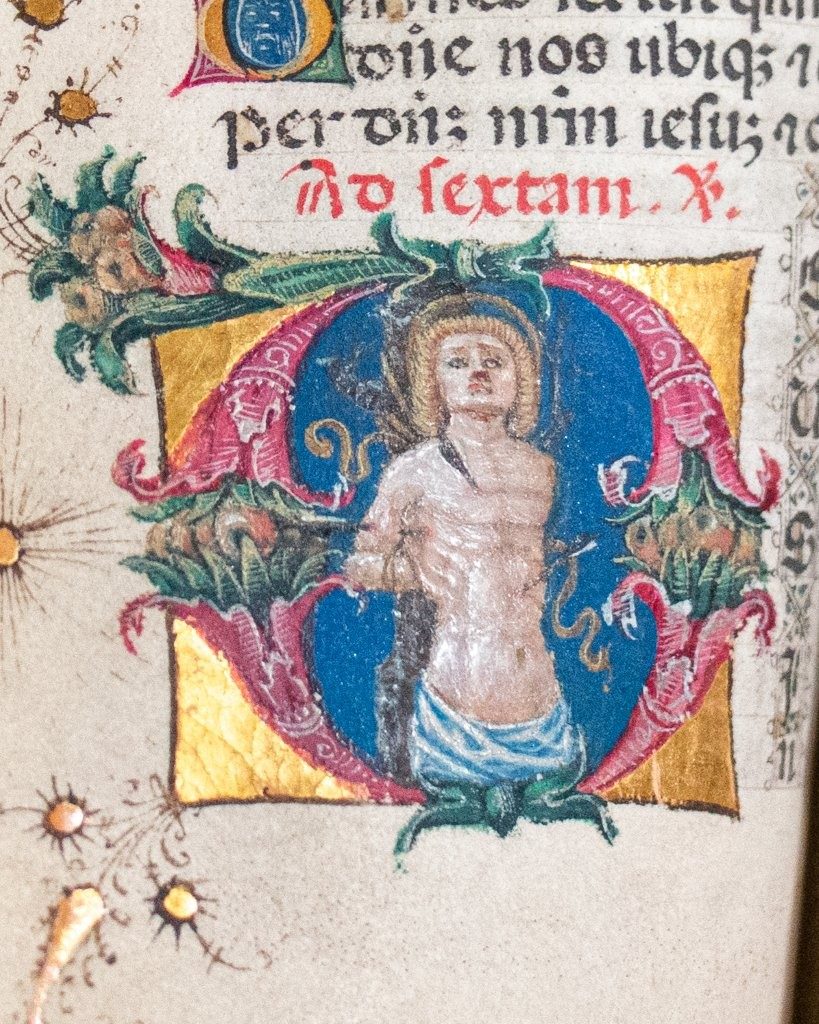
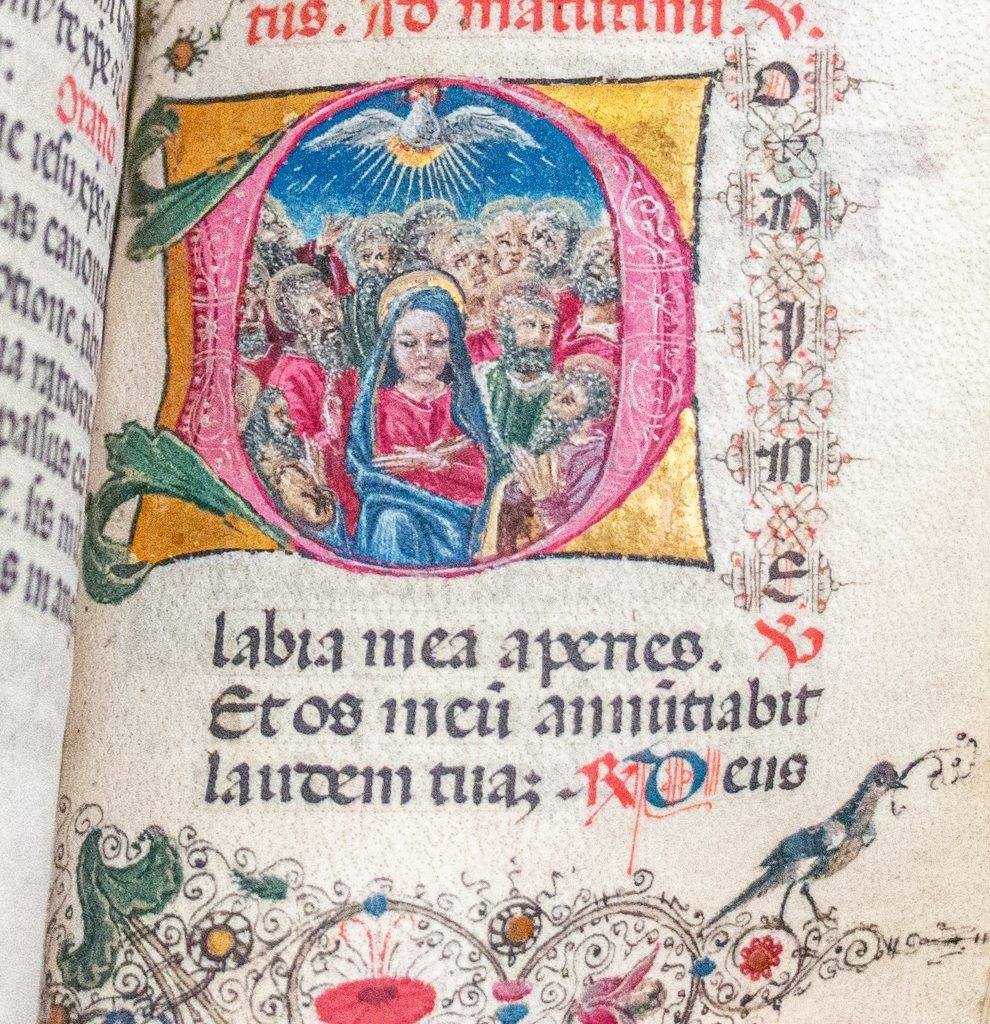

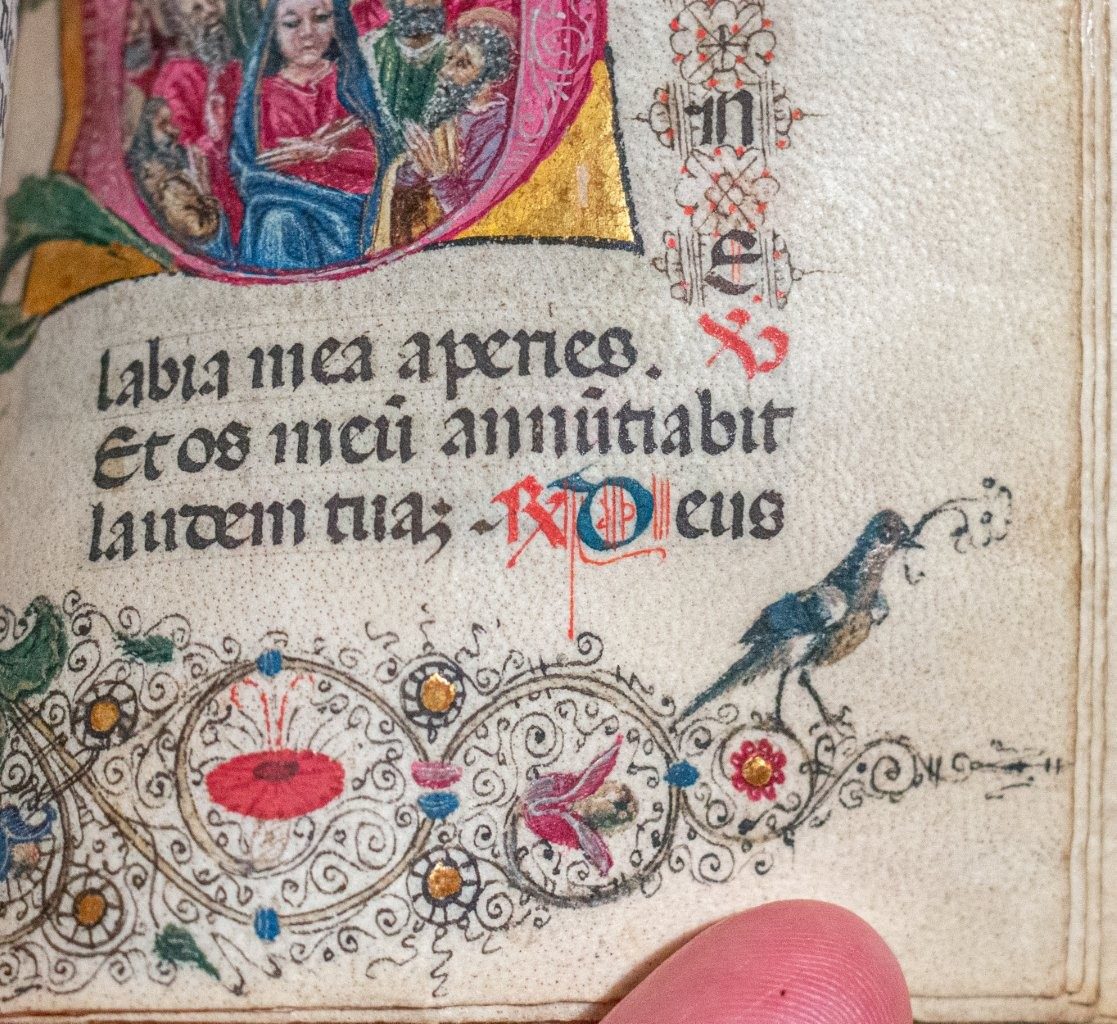
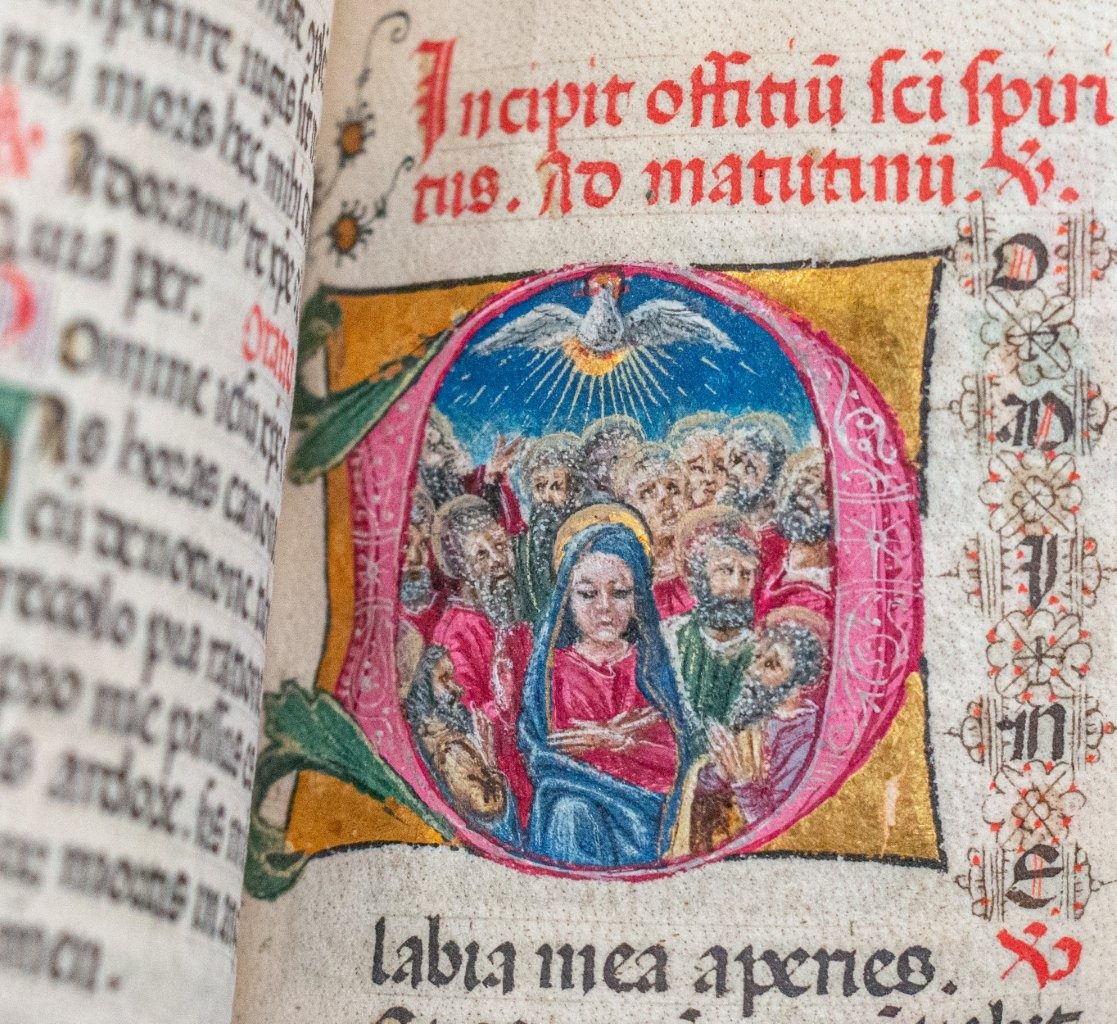
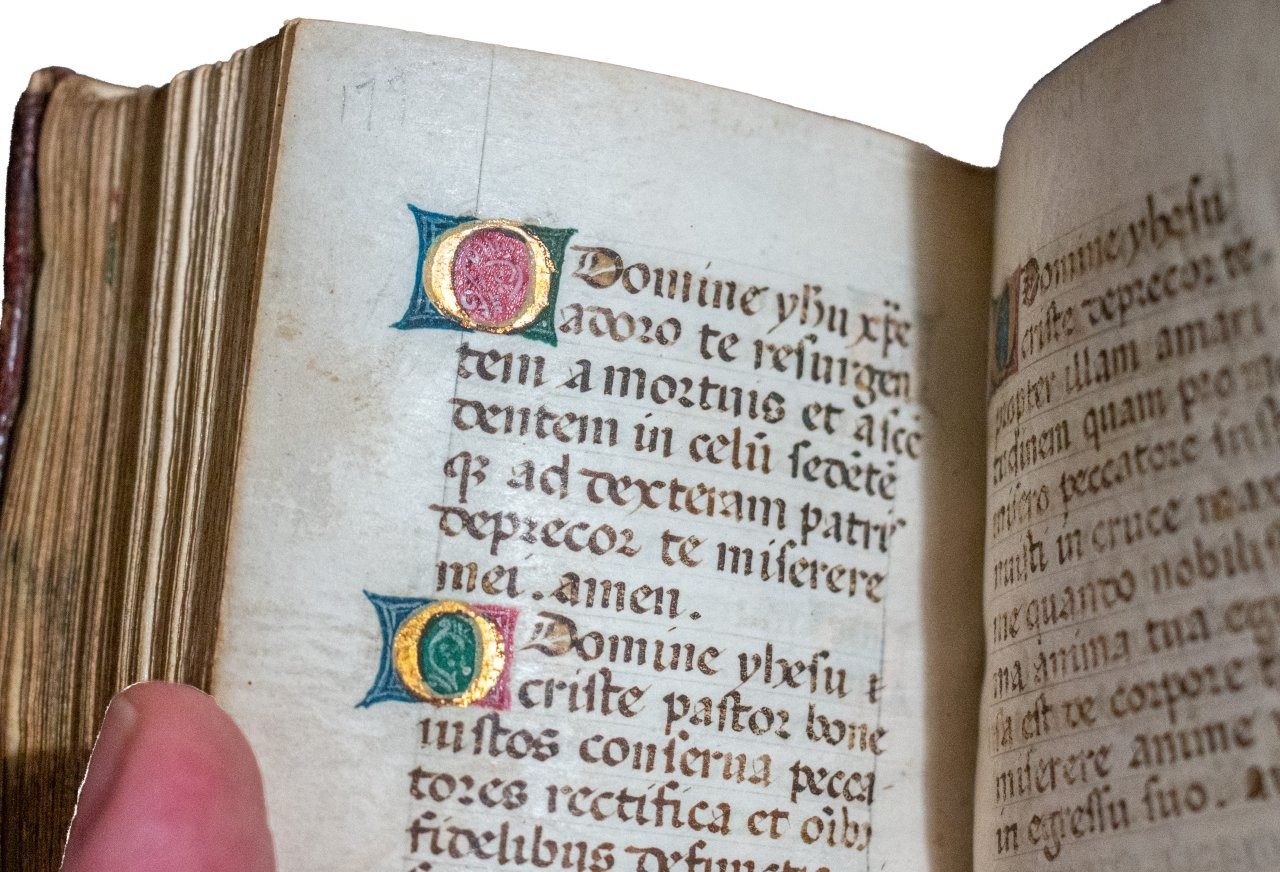

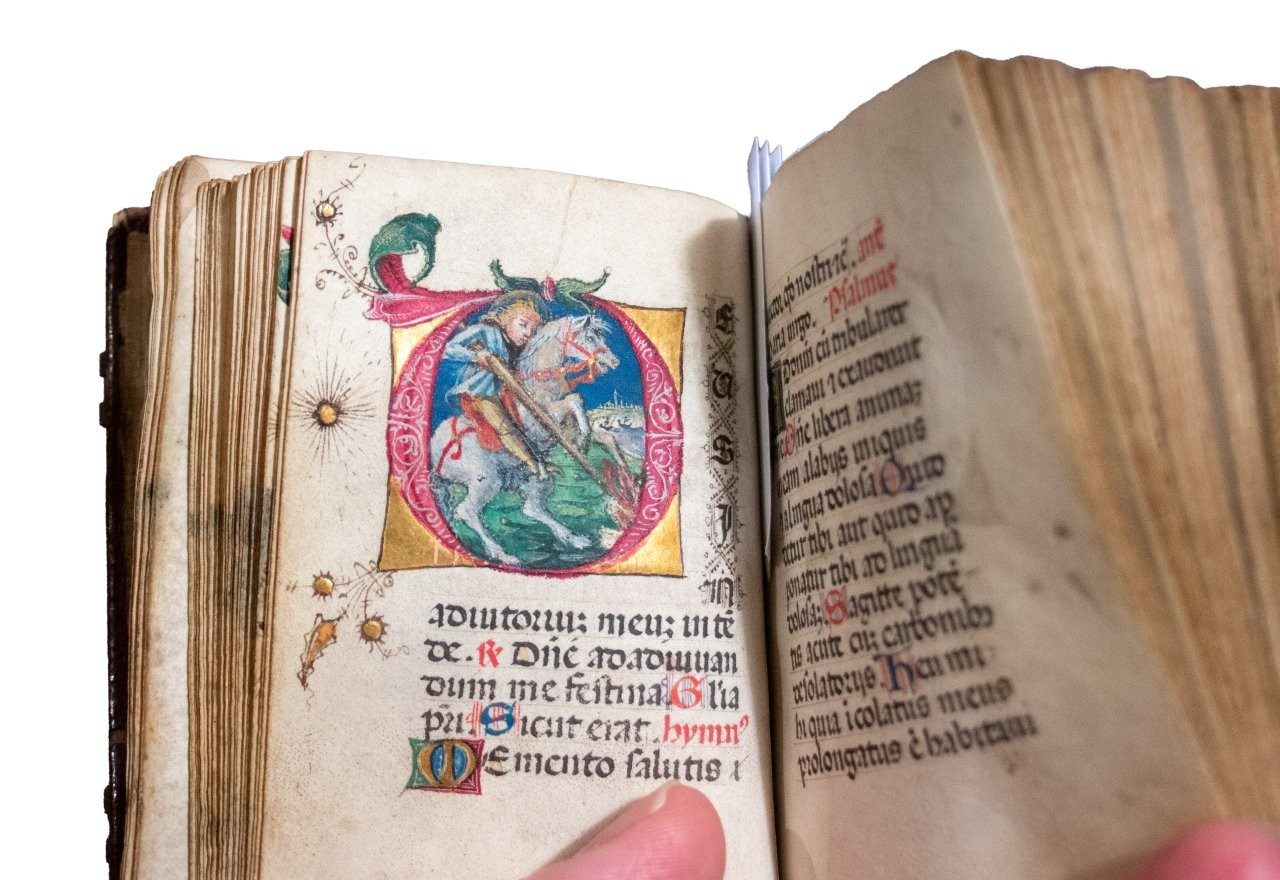
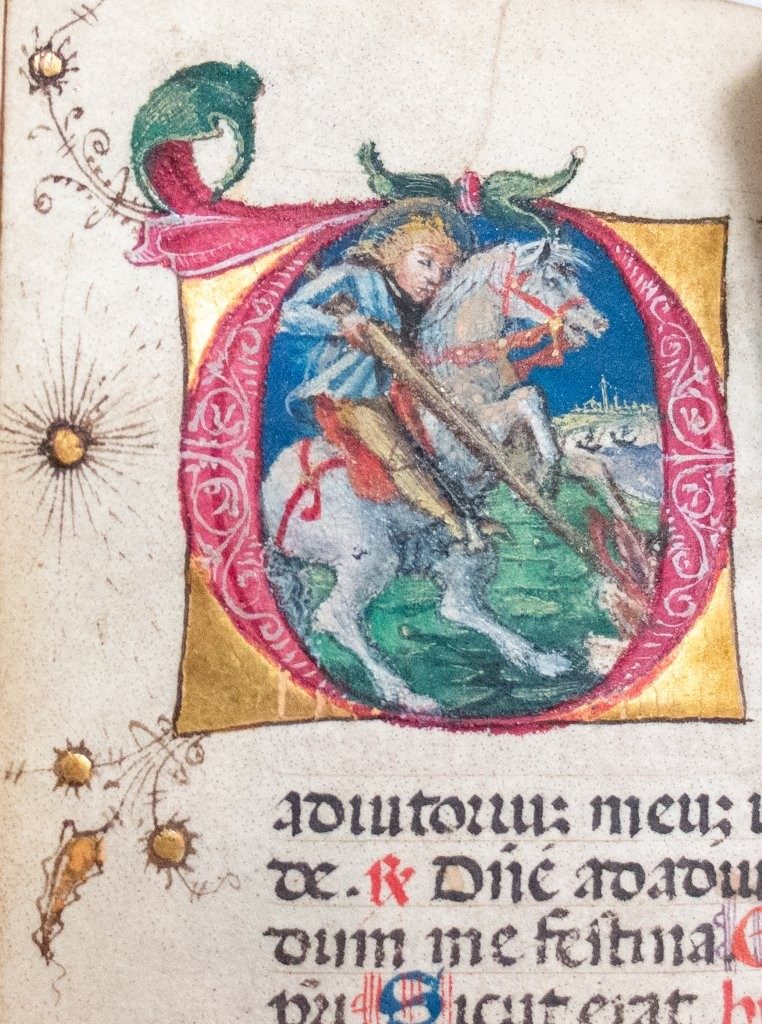
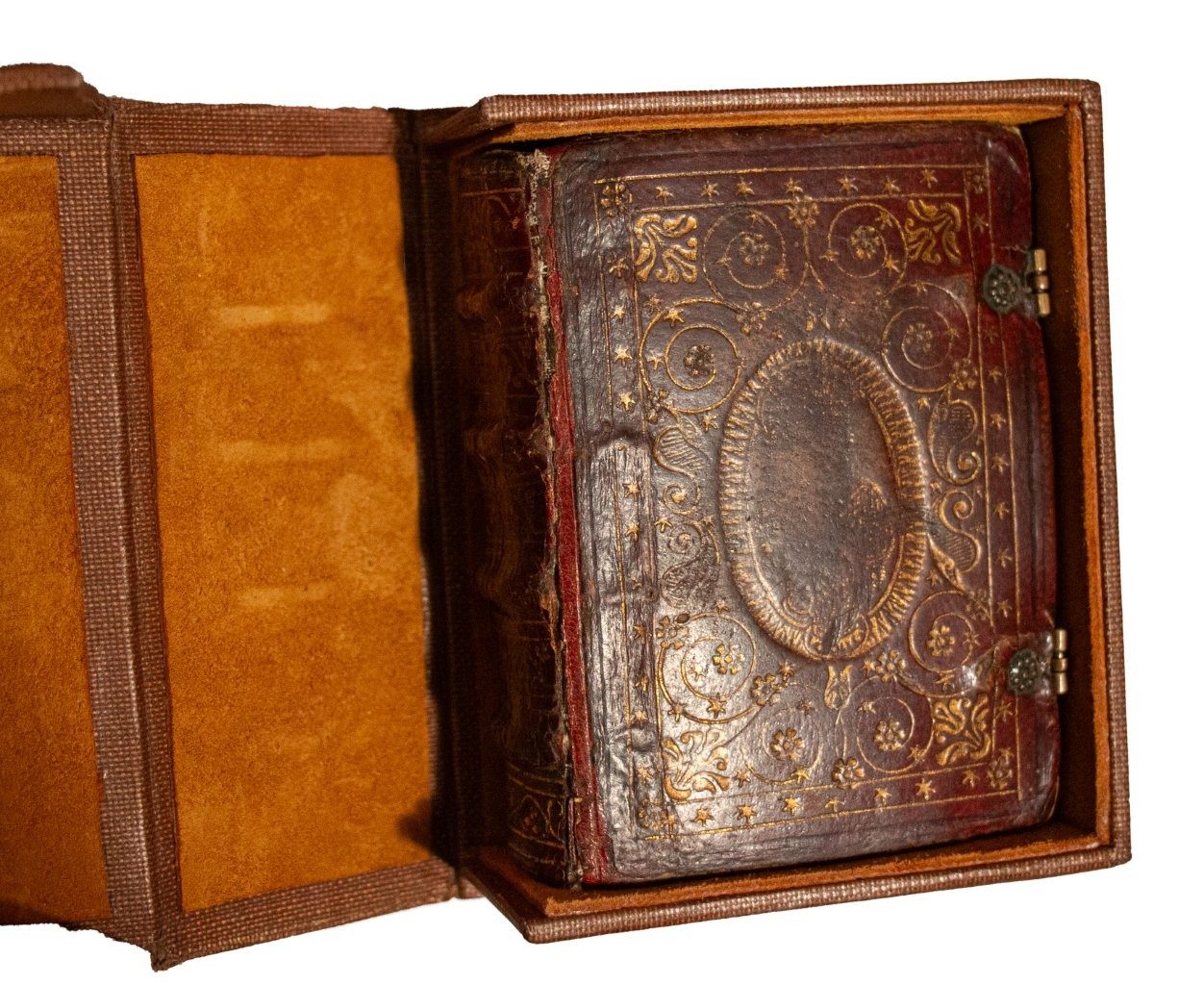
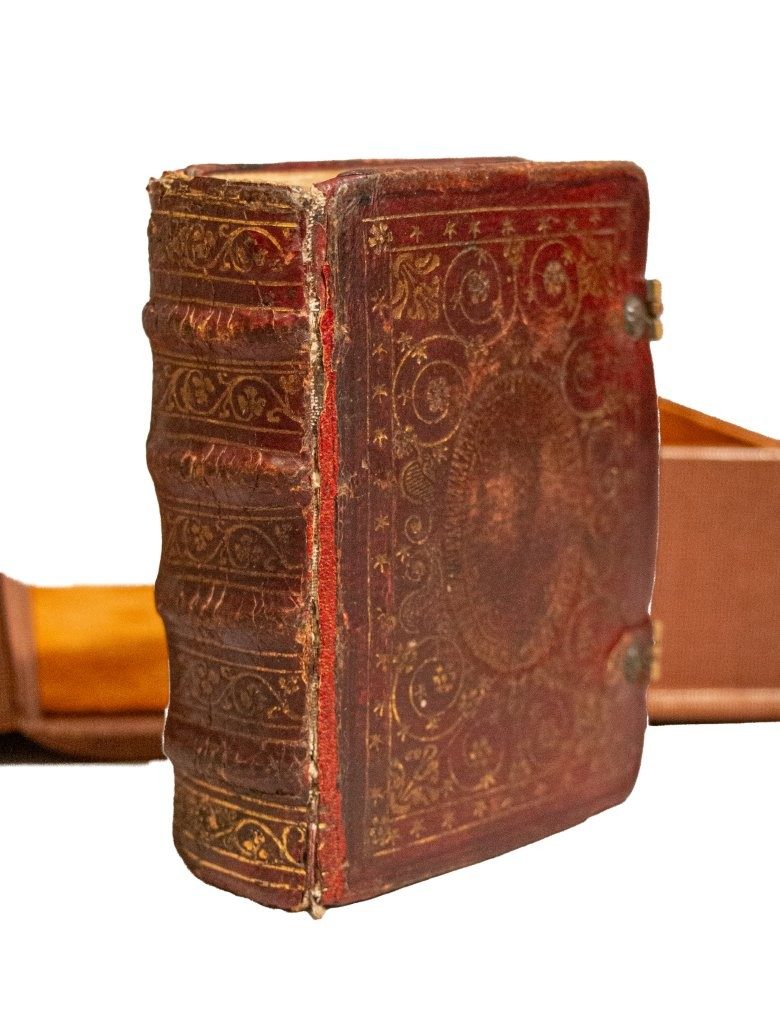
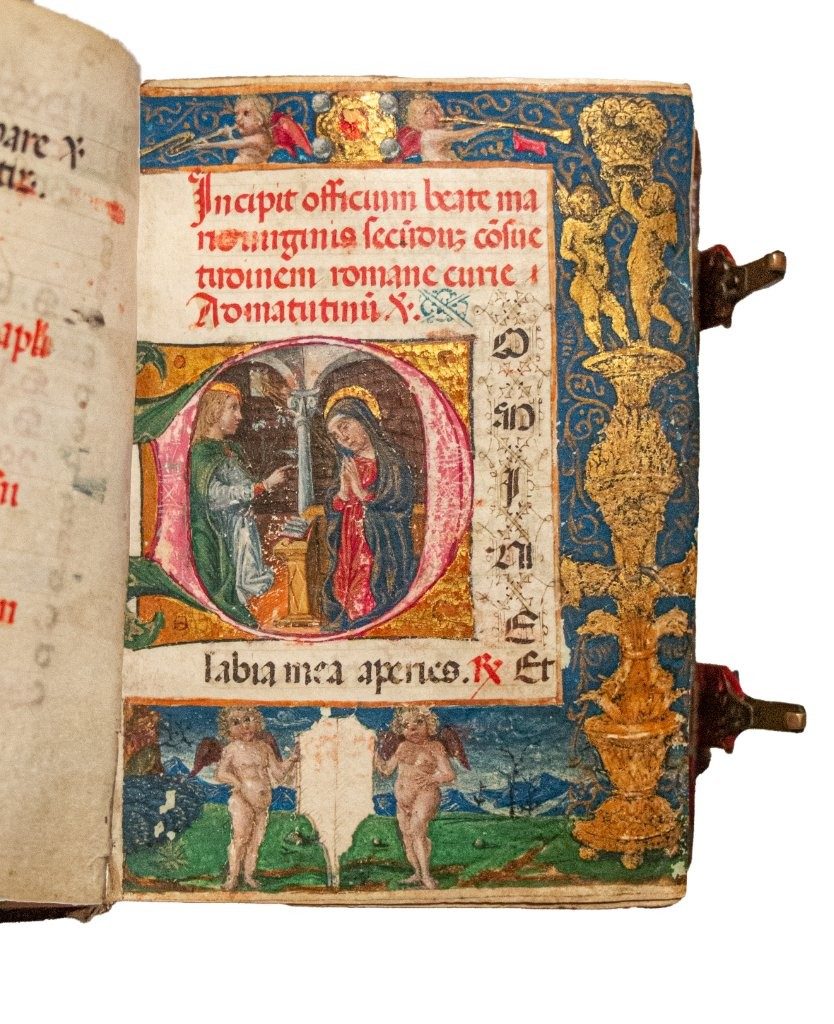

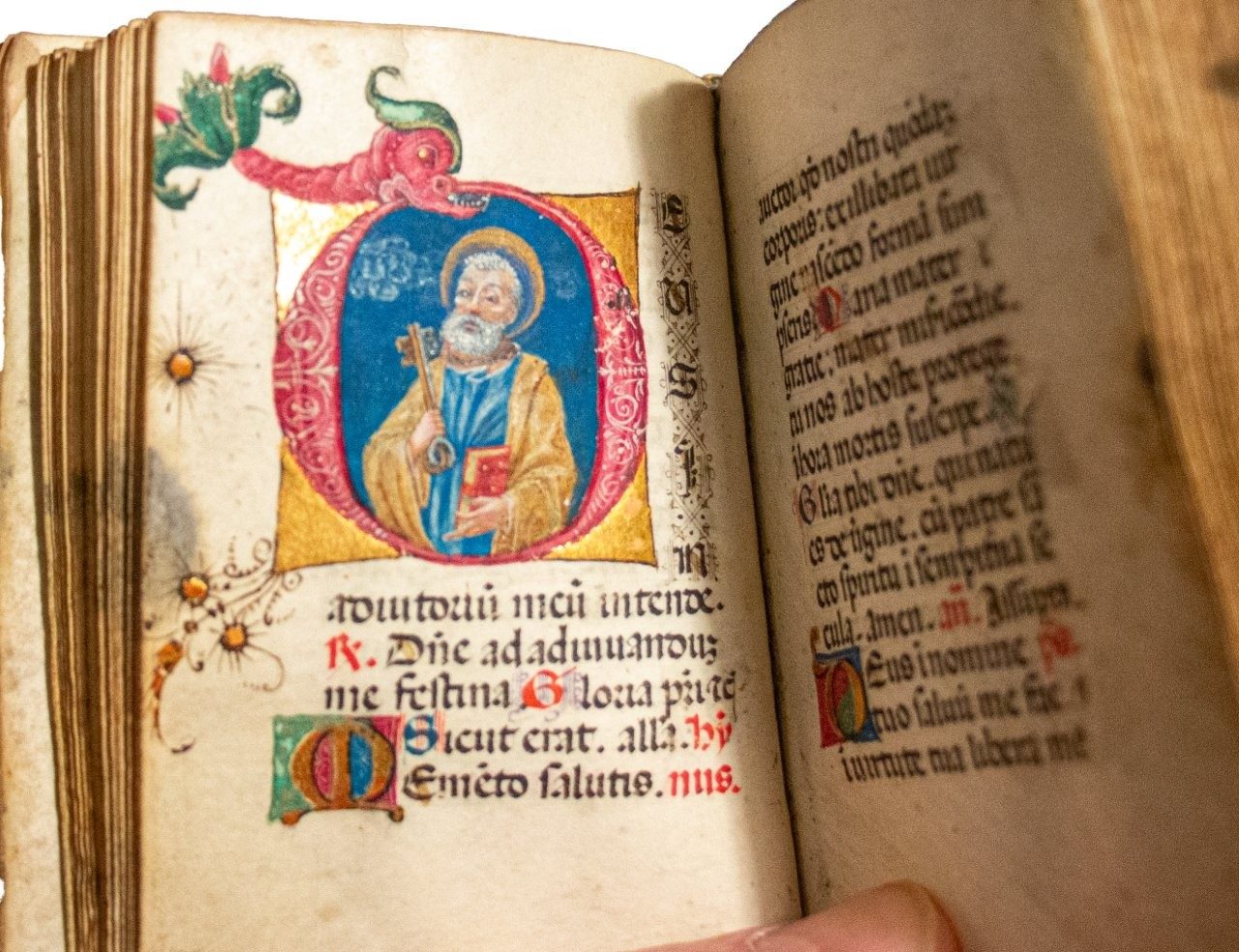

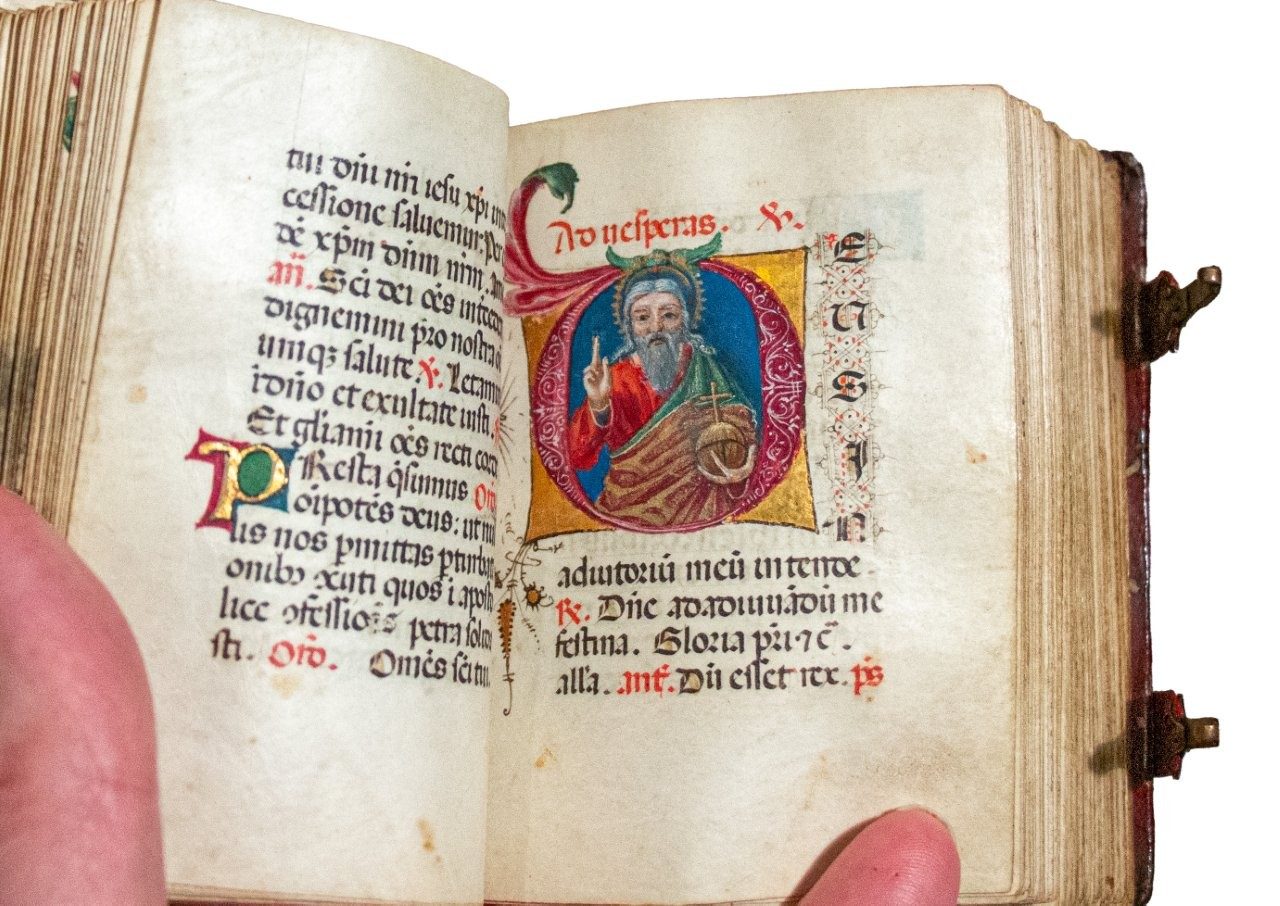
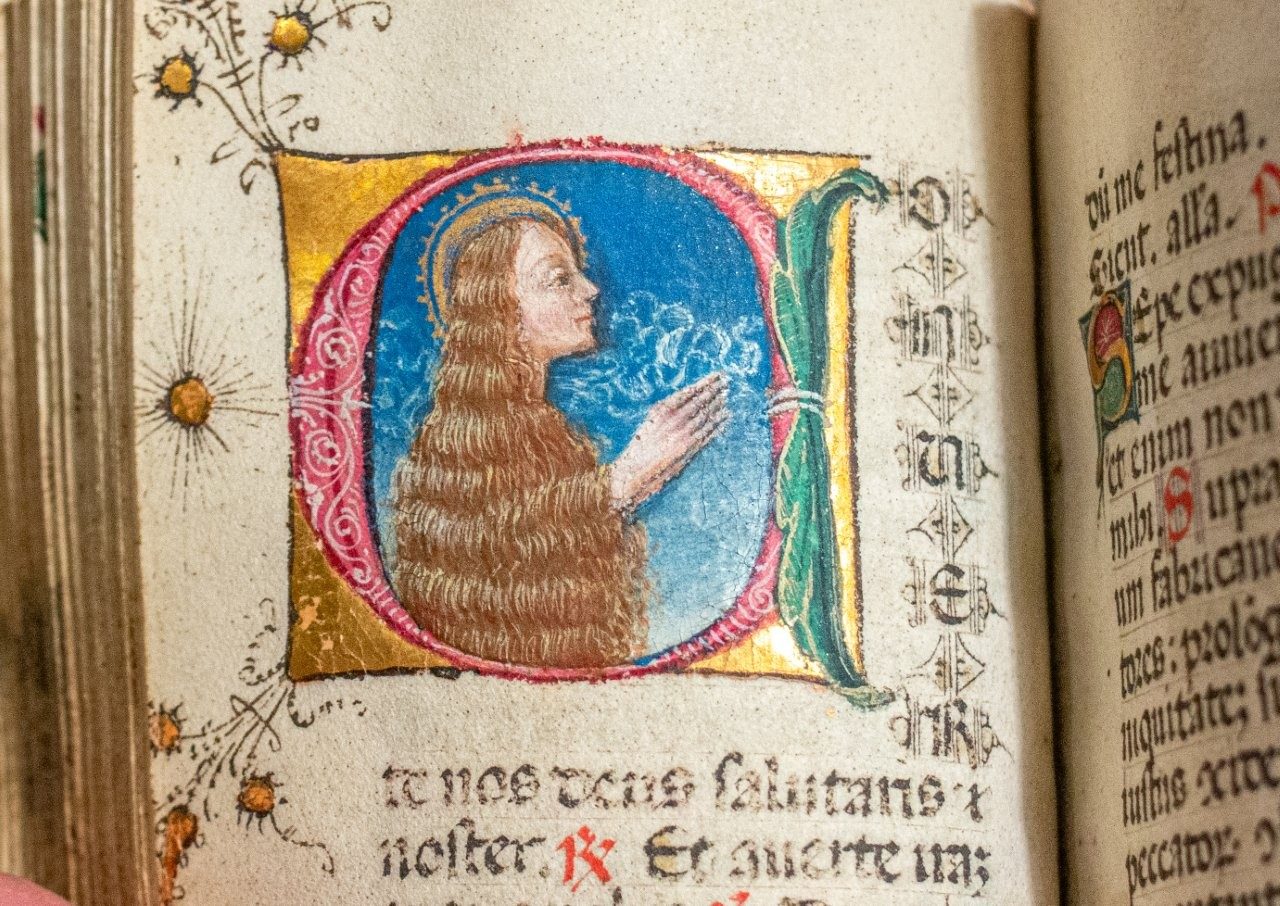
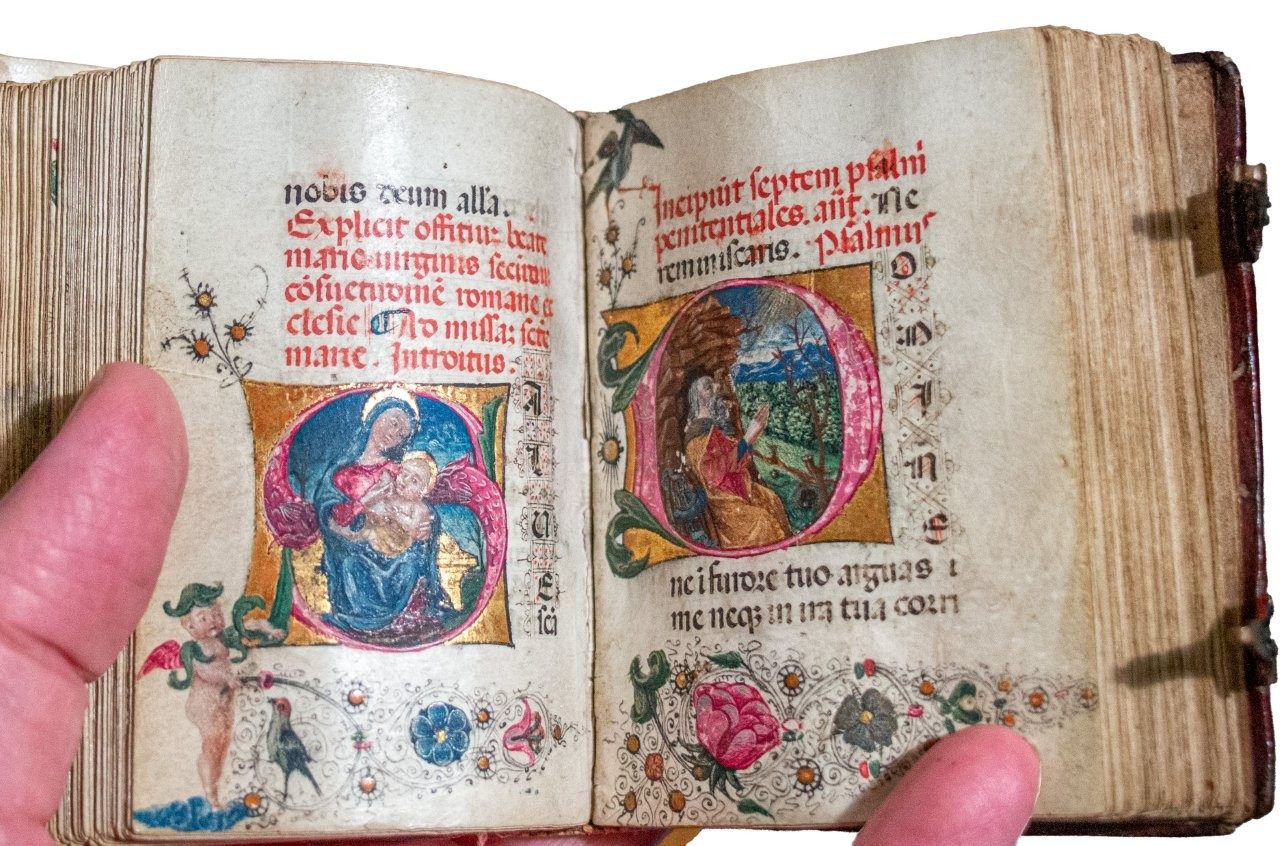
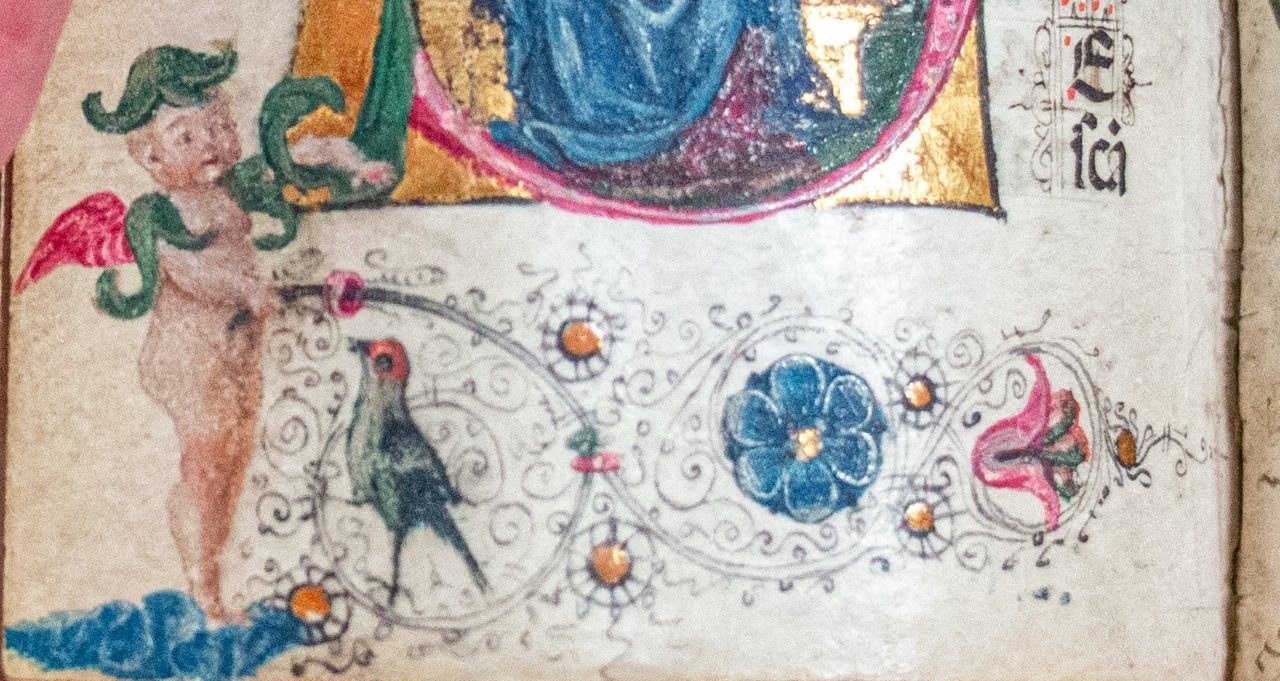

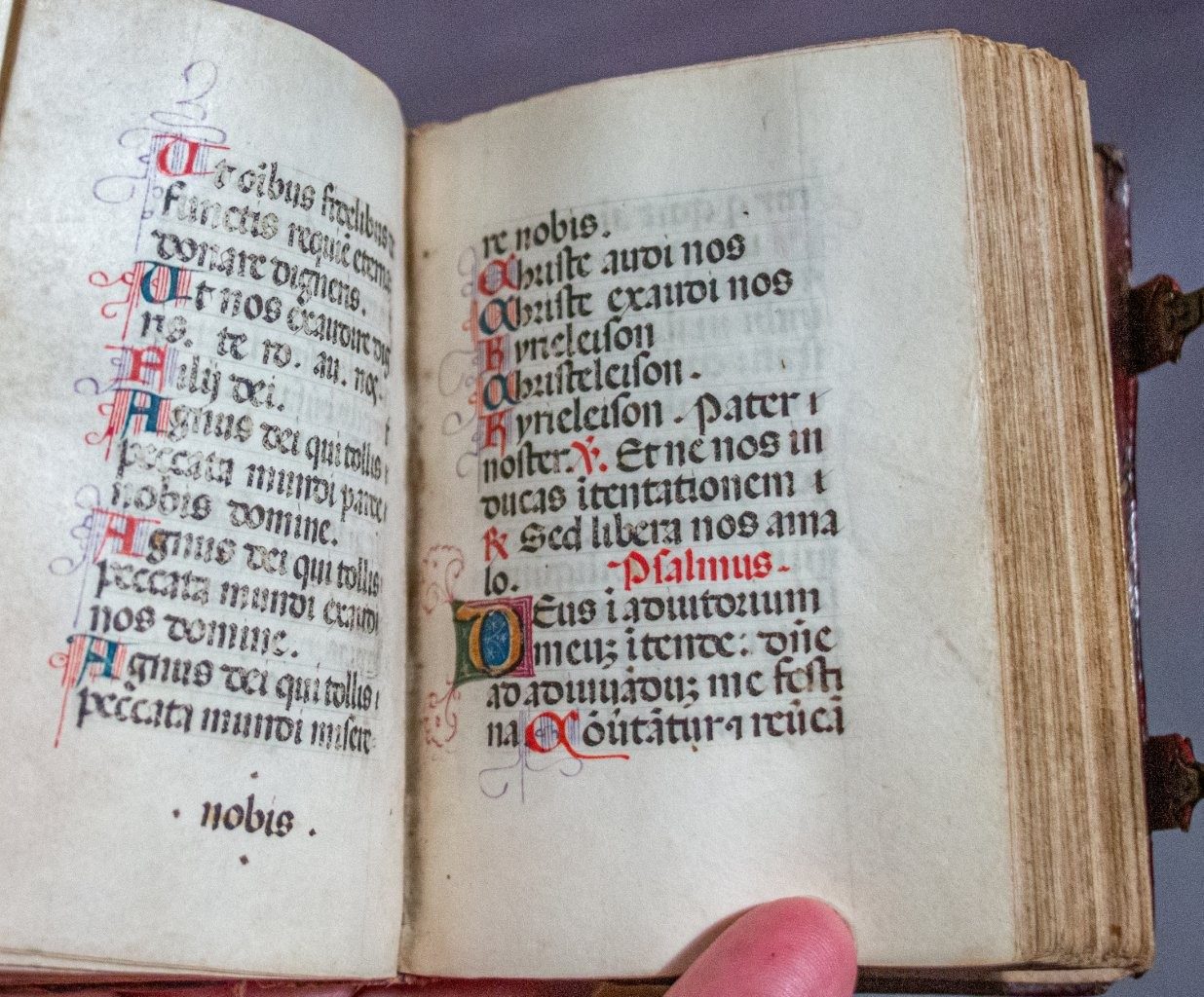
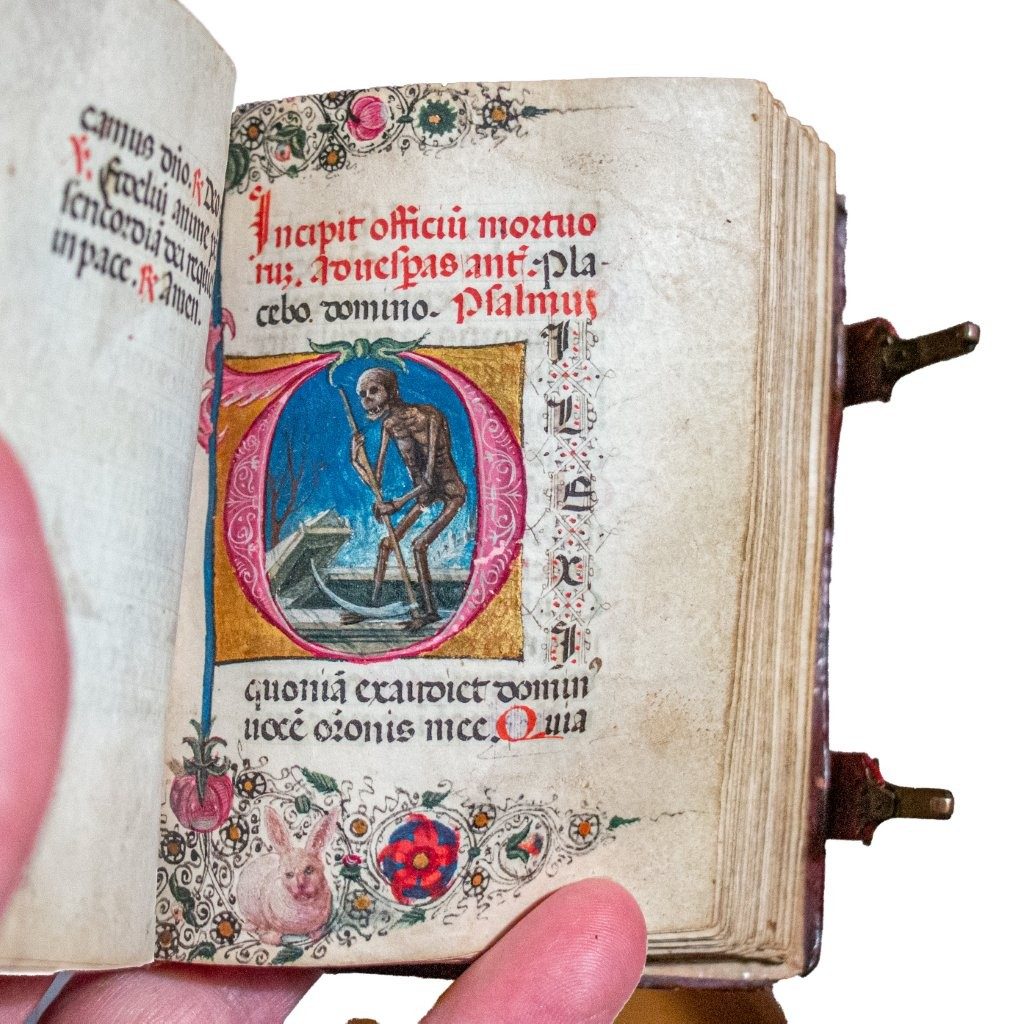
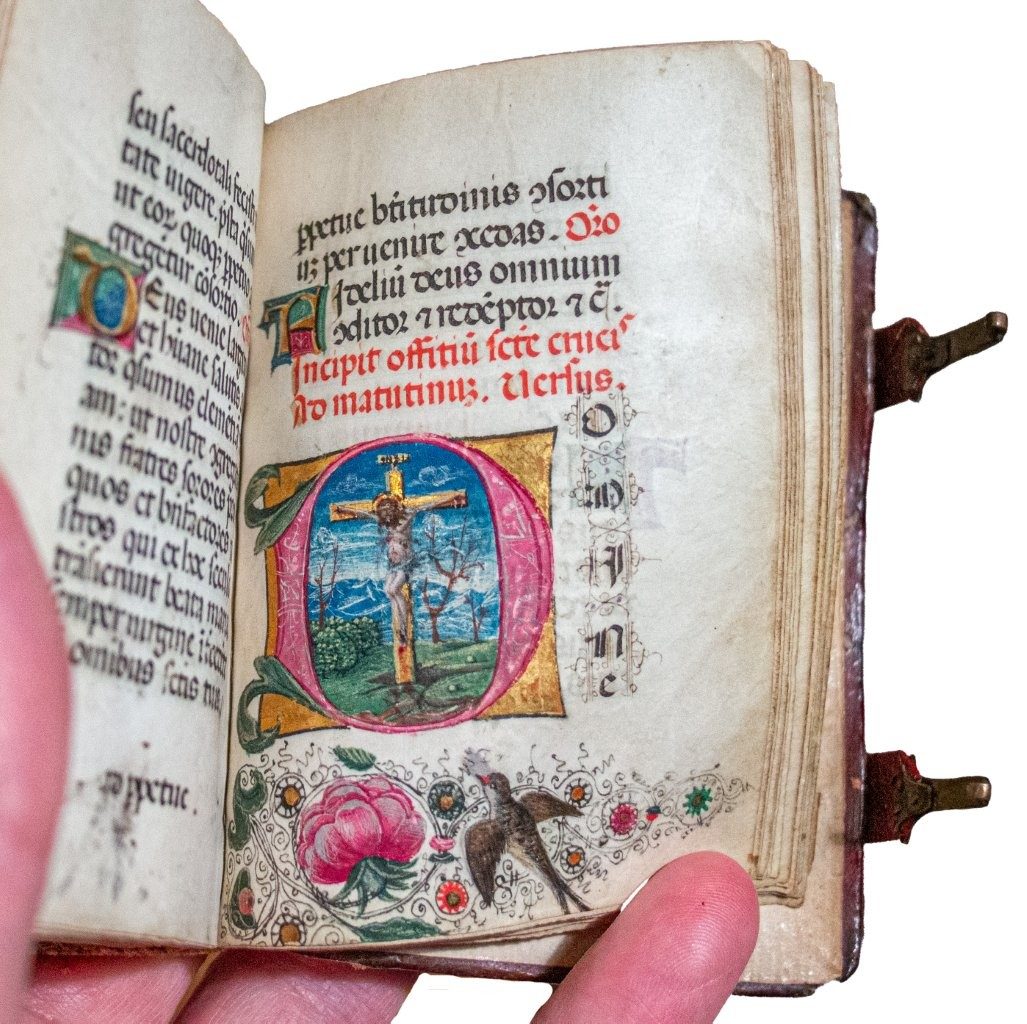
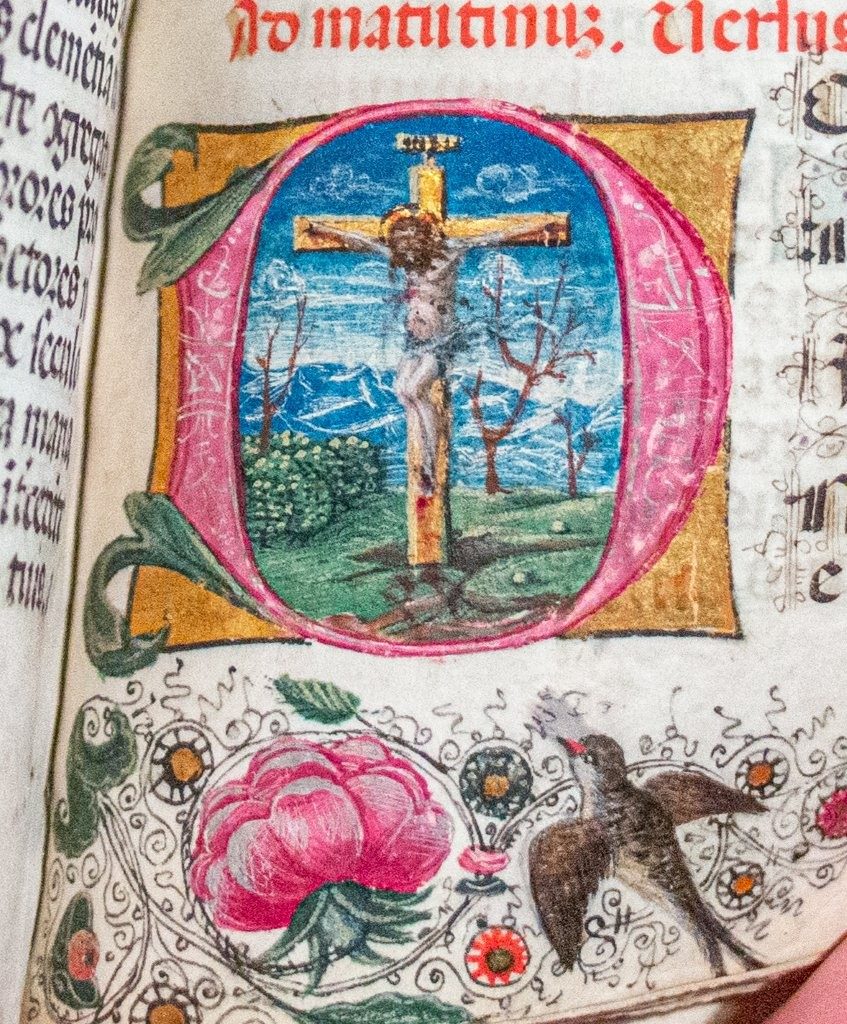
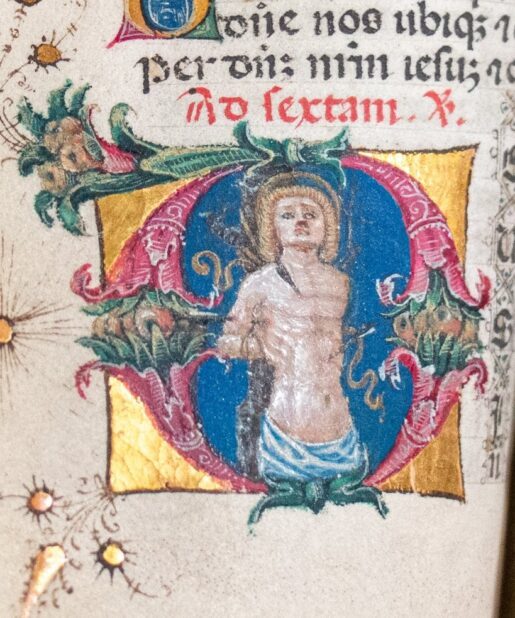
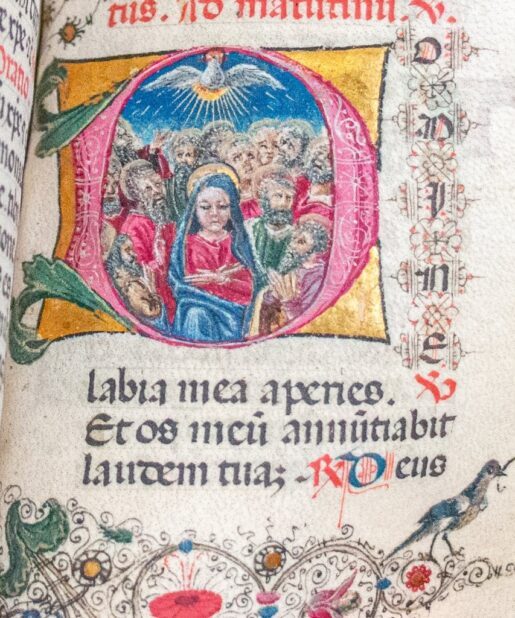
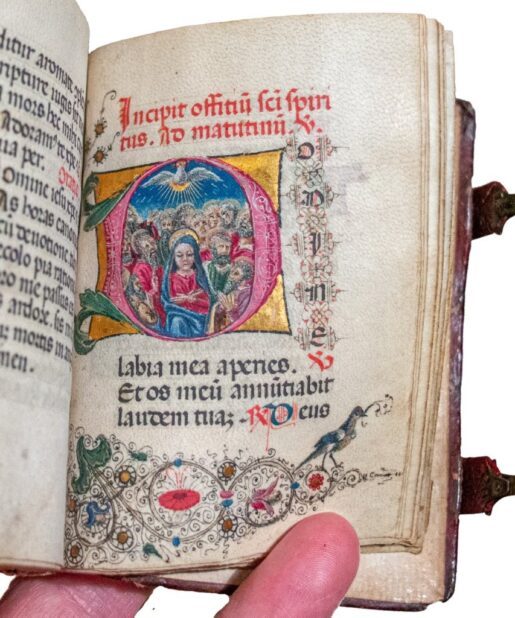
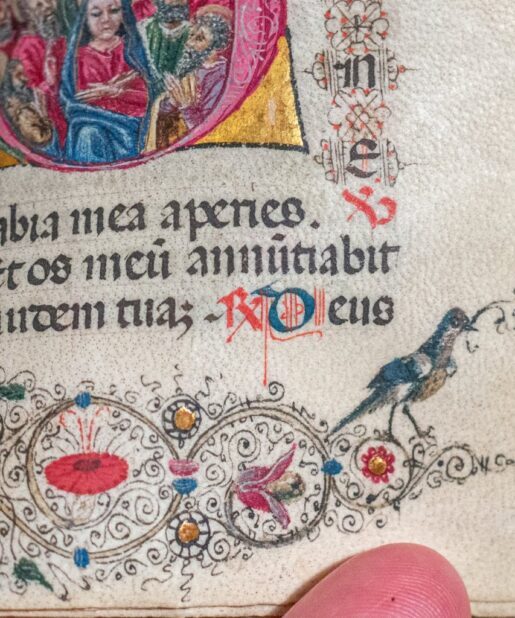
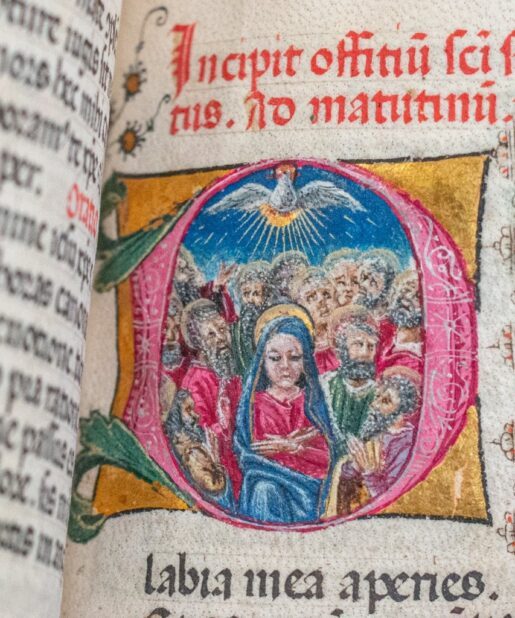
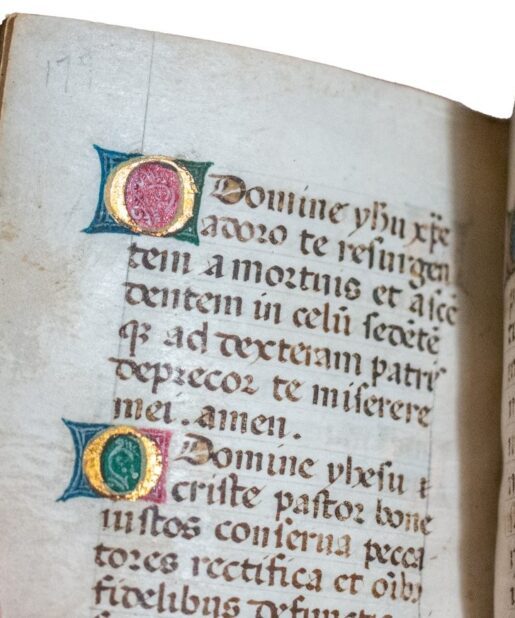
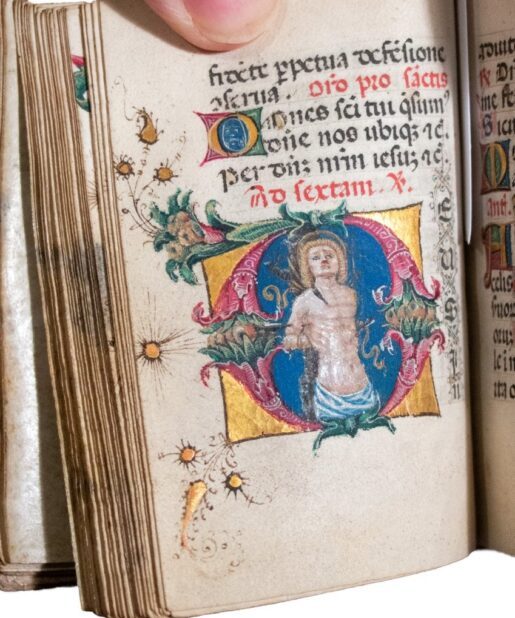
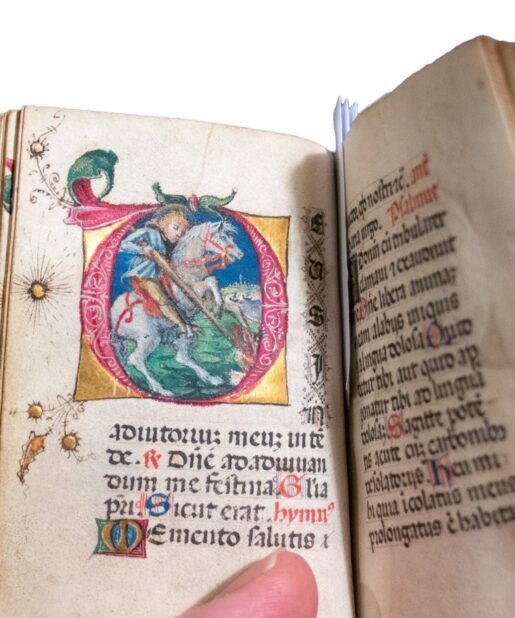
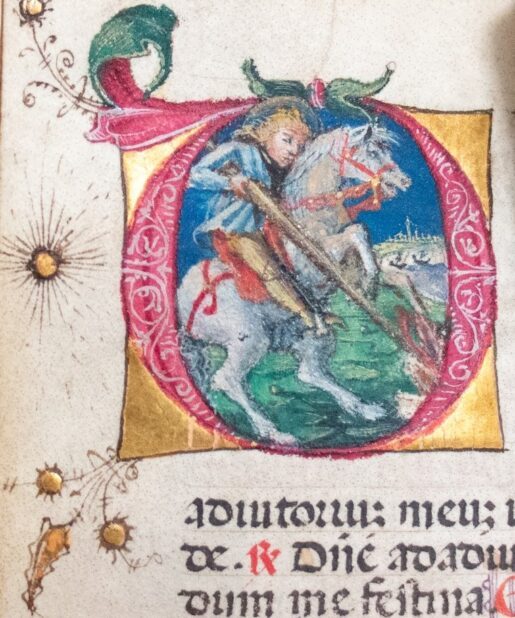
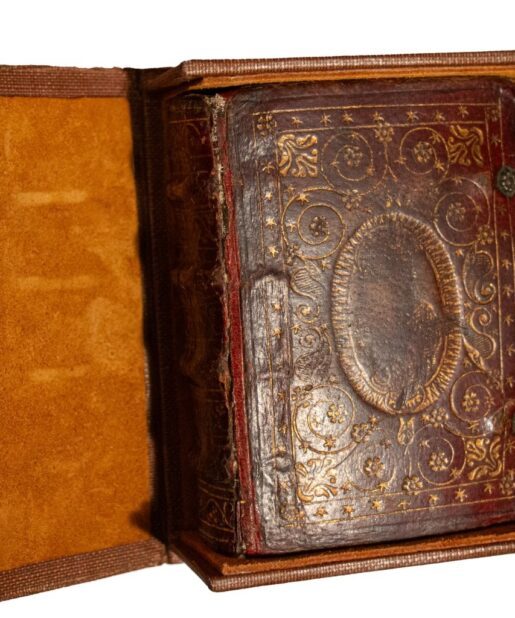
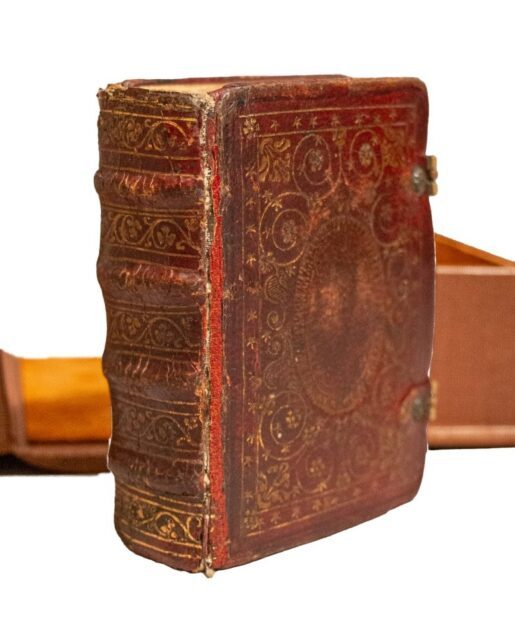
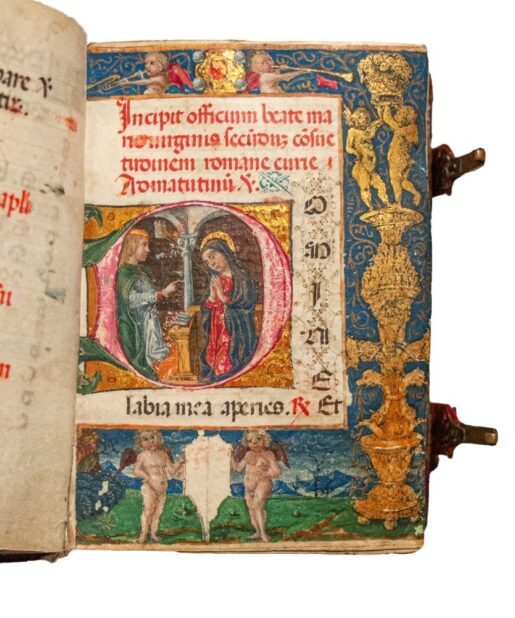

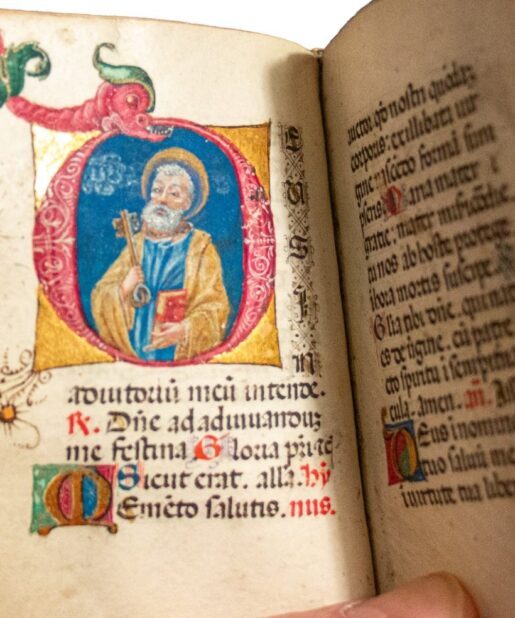
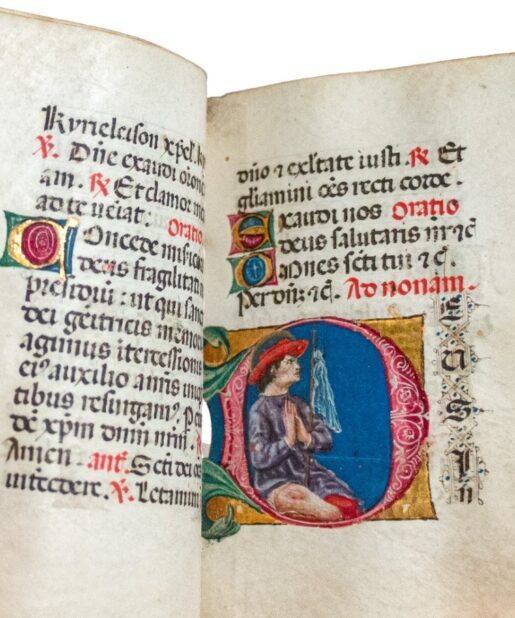
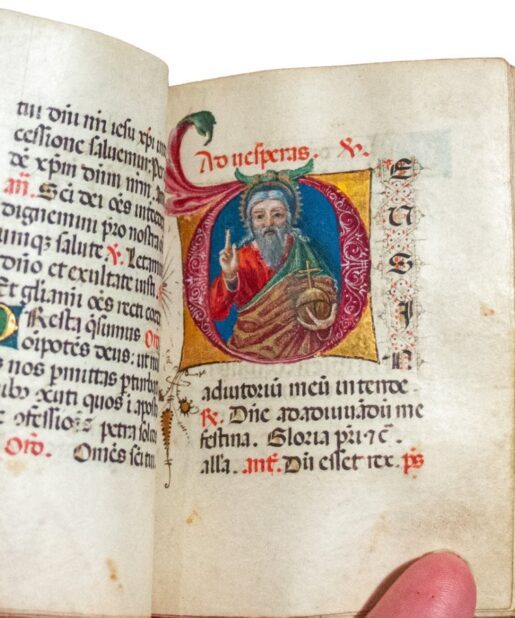
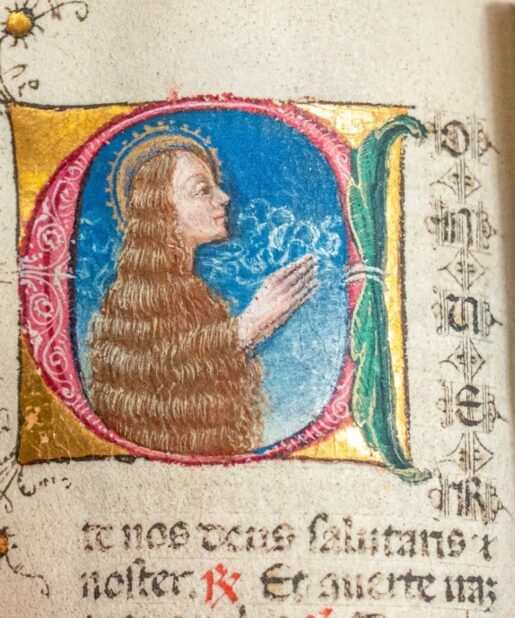
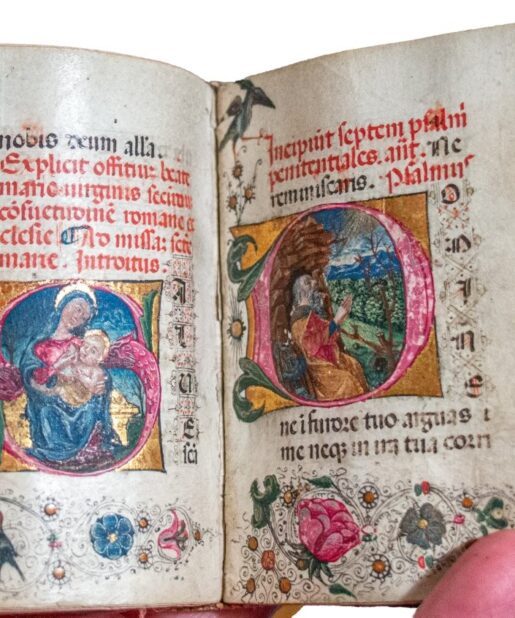
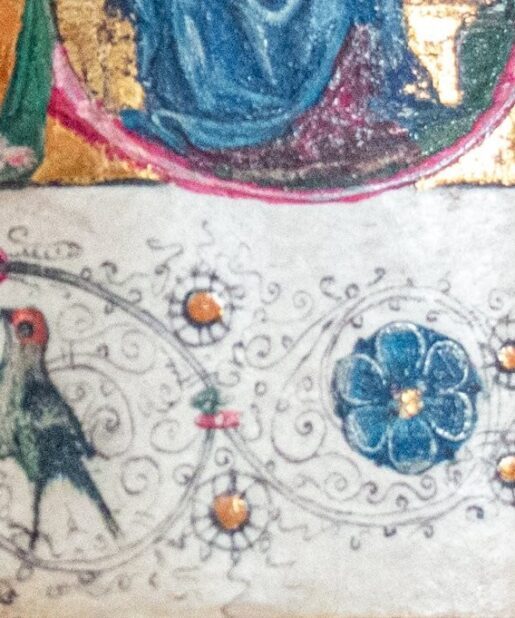
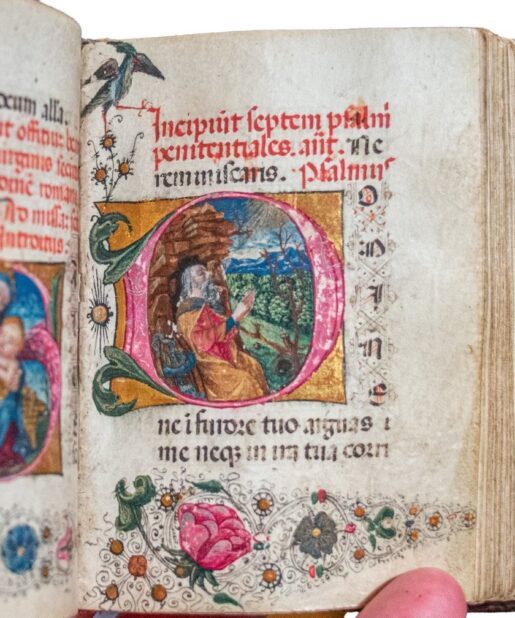
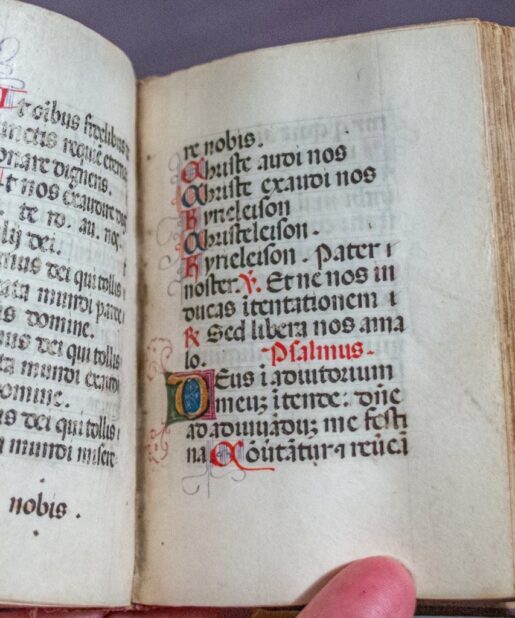
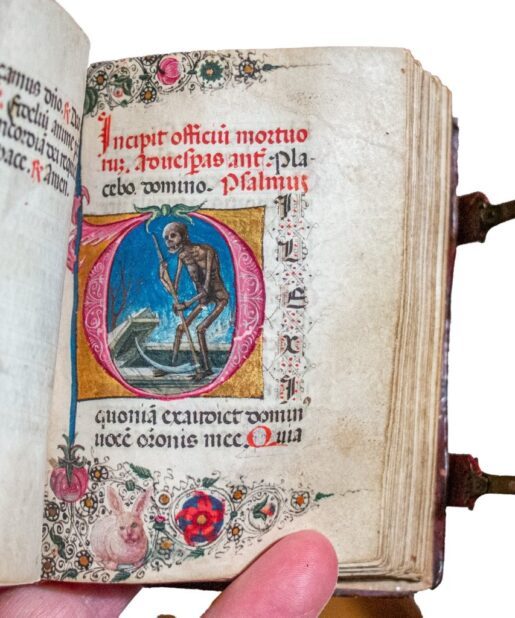

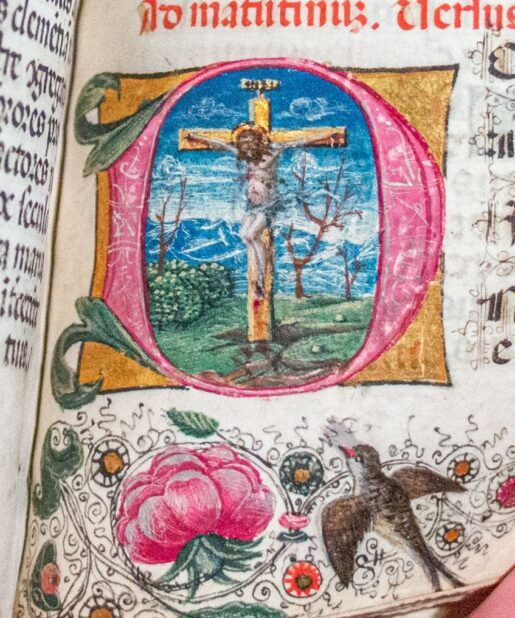
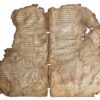
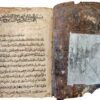
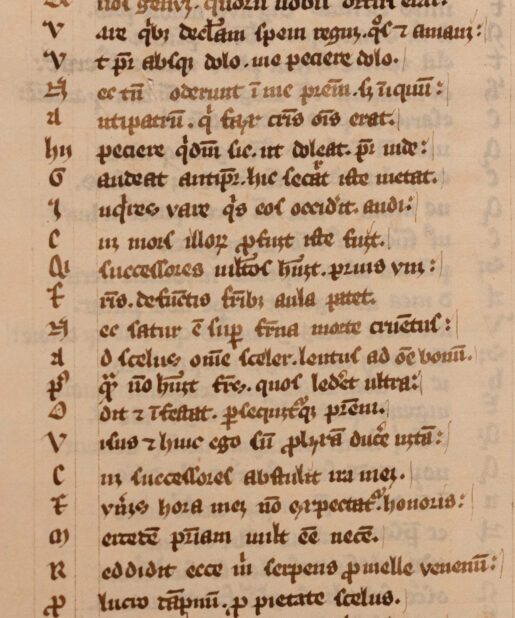
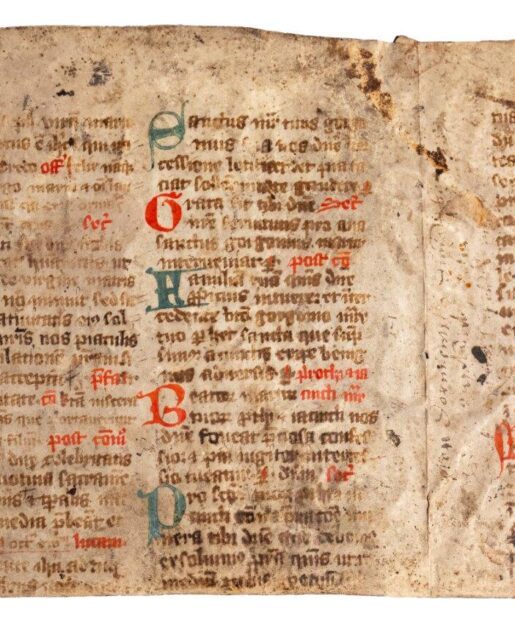
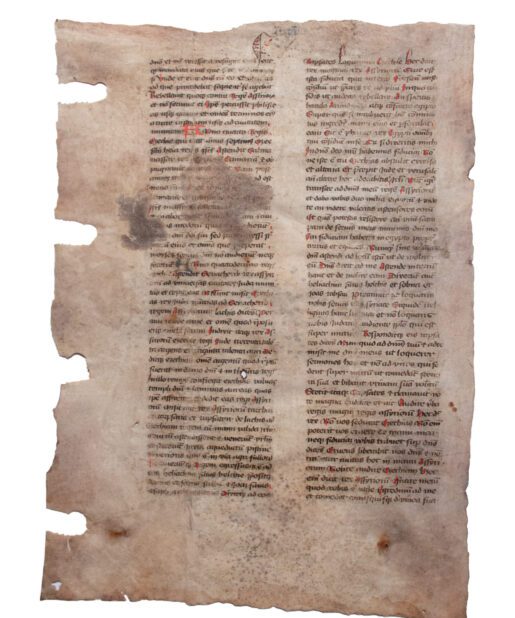
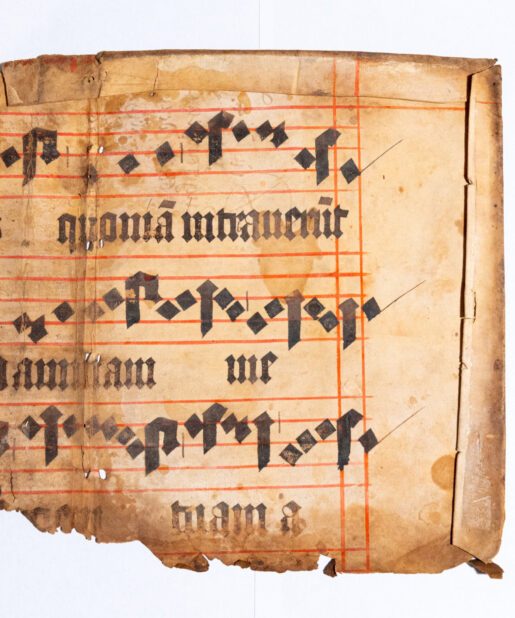
![Two illuminated historiated initials on a C15th leaf – Prologue to Job [Bible] Two illuminated historiated initials on a C15th leaf – Prologue to Job [Bible]](https://butlerrarebooks.co.uk/wp-content/uploads/2023/11/2E2A0165-515x618.jpg)
![Two illuminated historiated initials on a C15th leaf – Prologue to Job [Bible] Two illuminated historiated initials on a C15th leaf – Prologue to Job [Bible]](https://butlerrarebooks.co.uk/wp-content/uploads/2023/11/2E2A0146-3-515x618.jpg)
![[Pope Boniface] Leaf from Sextus Liber Decretalium – early C14th [Pope Boniface] Leaf from Sextus Liber Decretalium – early C14th](https://butlerrarebooks.co.uk/wp-content/uploads/2020/07/IMG_4329-515x618.jpg)
![[Pope Boniface] Leaf from Sextus Liber Decretalium – early C14th [Pope Boniface] Leaf from Sextus Liber Decretalium – early C14th](https://butlerrarebooks.co.uk/wp-content/uploads/2020/07/IMG_4328-515x618.jpg)
![The Annunciation to Zechariah, on a bifolium from an Antiphonary, in Latin [Germany or Austria, (mid-?)15th century] The Annunciation to Zechariah, on a bifolium from an Antiphonary, in Latin [Germany or Austria, (mid-?)15th century]](https://butlerrarebooks.co.uk/wp-content/uploads/2021/04/IMG_0977-515x618.jpg)
![The Annunciation to Zechariah, on a bifolium from an Antiphonary, in Latin [Germany or Austria, (mid-?)15th century] The Annunciation to Zechariah, on a bifolium from an Antiphonary, in Latin [Germany or Austria, (mid-?)15th century]](https://butlerrarebooks.co.uk/wp-content/uploads/2021/04/IMG_0769-515x618.jpg)
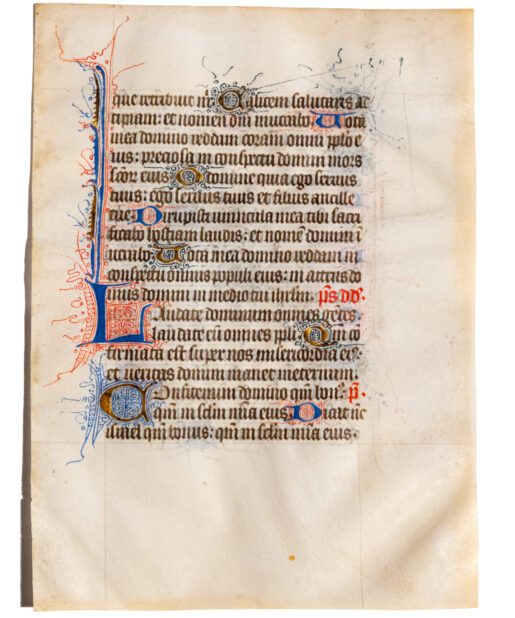
Reviews
There are no reviews yet.